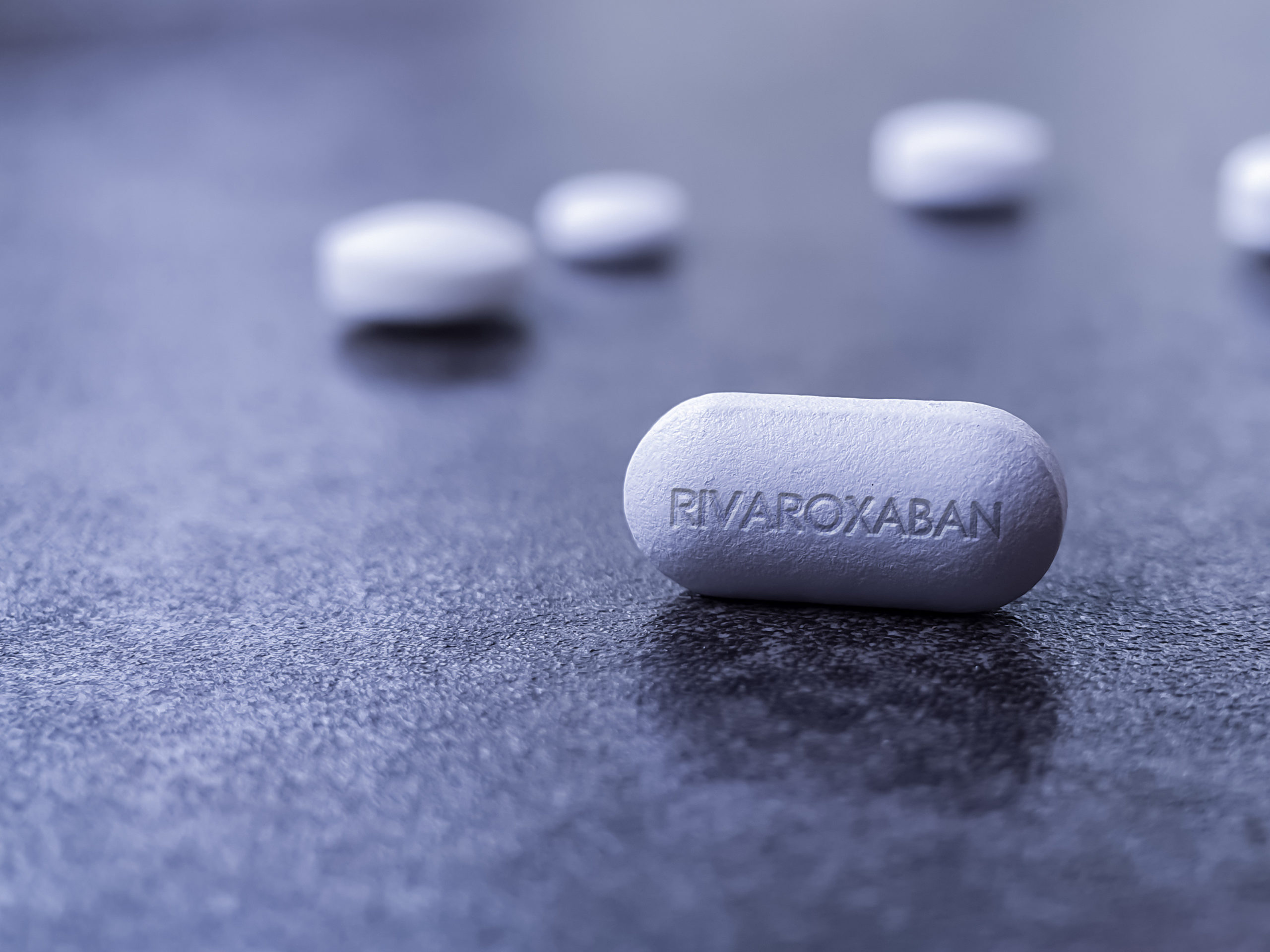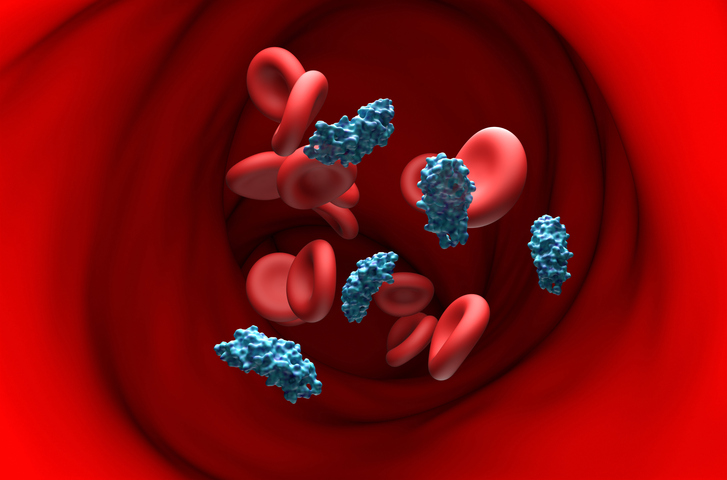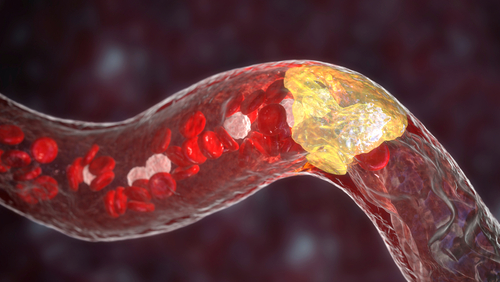
In patients with atrial fibrillation and coronary artery disease (CAD), researchers found that rivaroxaban monotherapy was associated with a lower total risk of thrombotic and bleeding events compared to rivaroxaban and antiplatelet combination therapy. The study was published in JAMA Cardiology.
This study was a post-hoc analysis of the Atrial fibrillation and Ischemic Events With rivaroxaban in Patients With Stable Coronary Artery Disease (AFIRE) randomized clinical trial. All 2,215 patients had previously received percutaneous coronary interventions or coronary artery bypass grafting. Cox regression models were used to calculate risk estimates.
Rivaroxaban for Atrial Fibrillation Plus Stable CAD
The cohort had a mean age of 74 years (standard deviation, 8.2) and was 79.1% male. Over the median follow-up of 24.1 (interquartile range, 17.3-31.5 months), the rivaroxaban monotherapy group had a total thrombotic and bleeding event rate of 12.2% compared to a rate of 19.2% in the combination therapy group. The mono- and combination therapy group had mortality rates of 3.7% and 6.6%, respectively.
Additionally, compared to combination therapy, monotherapy had a lower total risk of events (hazard ratio, 0.62; 95% confidence interval, 0.48-0.80; P<.001) and was an independent factor associated with lowered risk of subsequent events. Lastly, the authors noted that the mortality rate after a bleeding event was higher than that after a thrombotic event in both treatment groups.
Ultimately, the authors found rivaroxaban monotherapy superior to rivaroxaban with antiplatelet therapy in patients with atrial fibrillation and CAD. They suggested that “tapered antithrombotic therapy with a sole anticoagulant should be considered in these patients.
Find More News and Research at the Atrial Fibrillation Knowledge Hub







 © 2025 Mashup Media, LLC, a Formedics Property. All Rights Reserved.
© 2025 Mashup Media, LLC, a Formedics Property. All Rights Reserved.